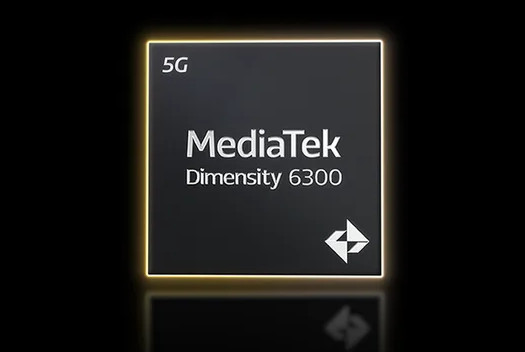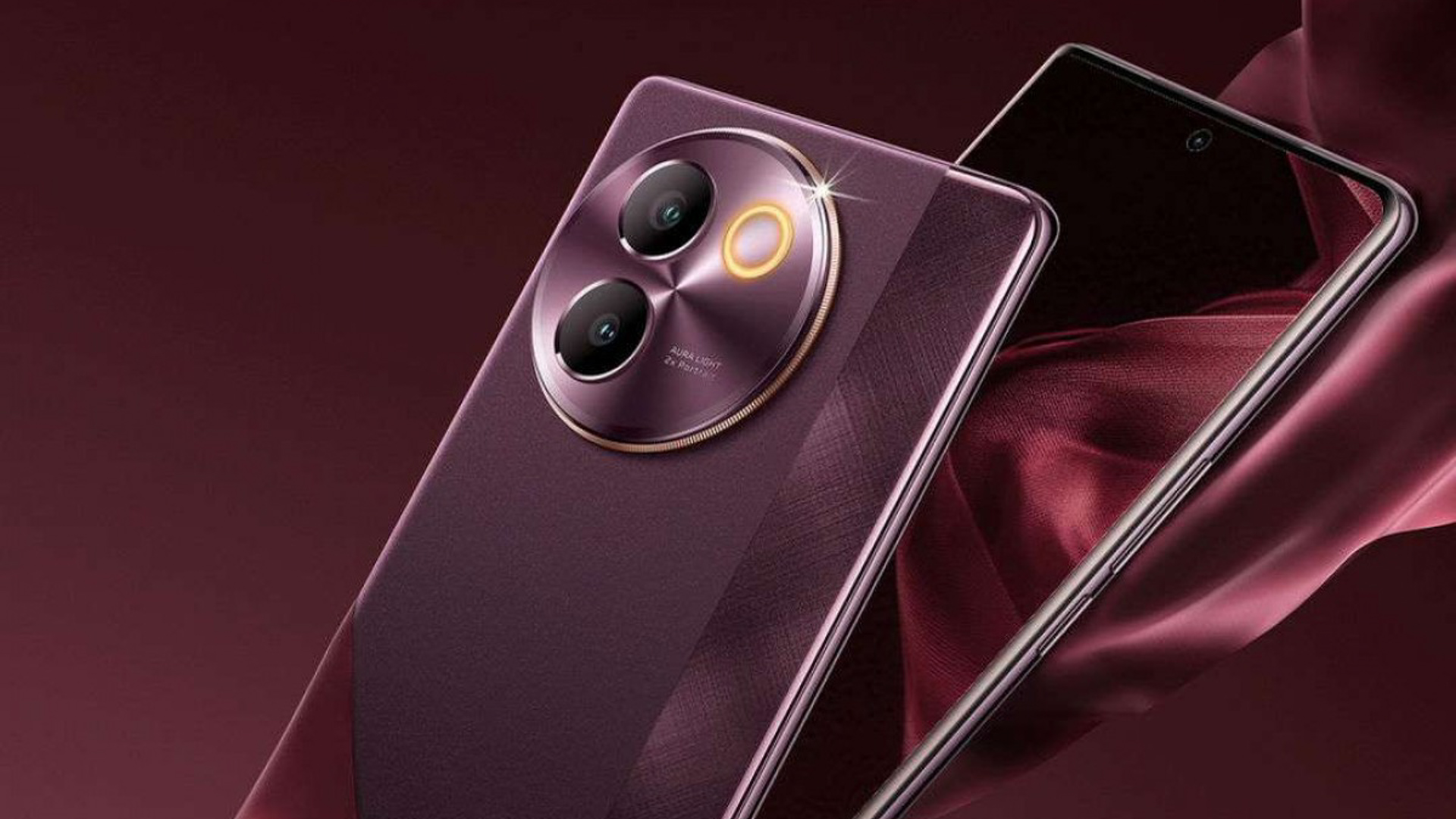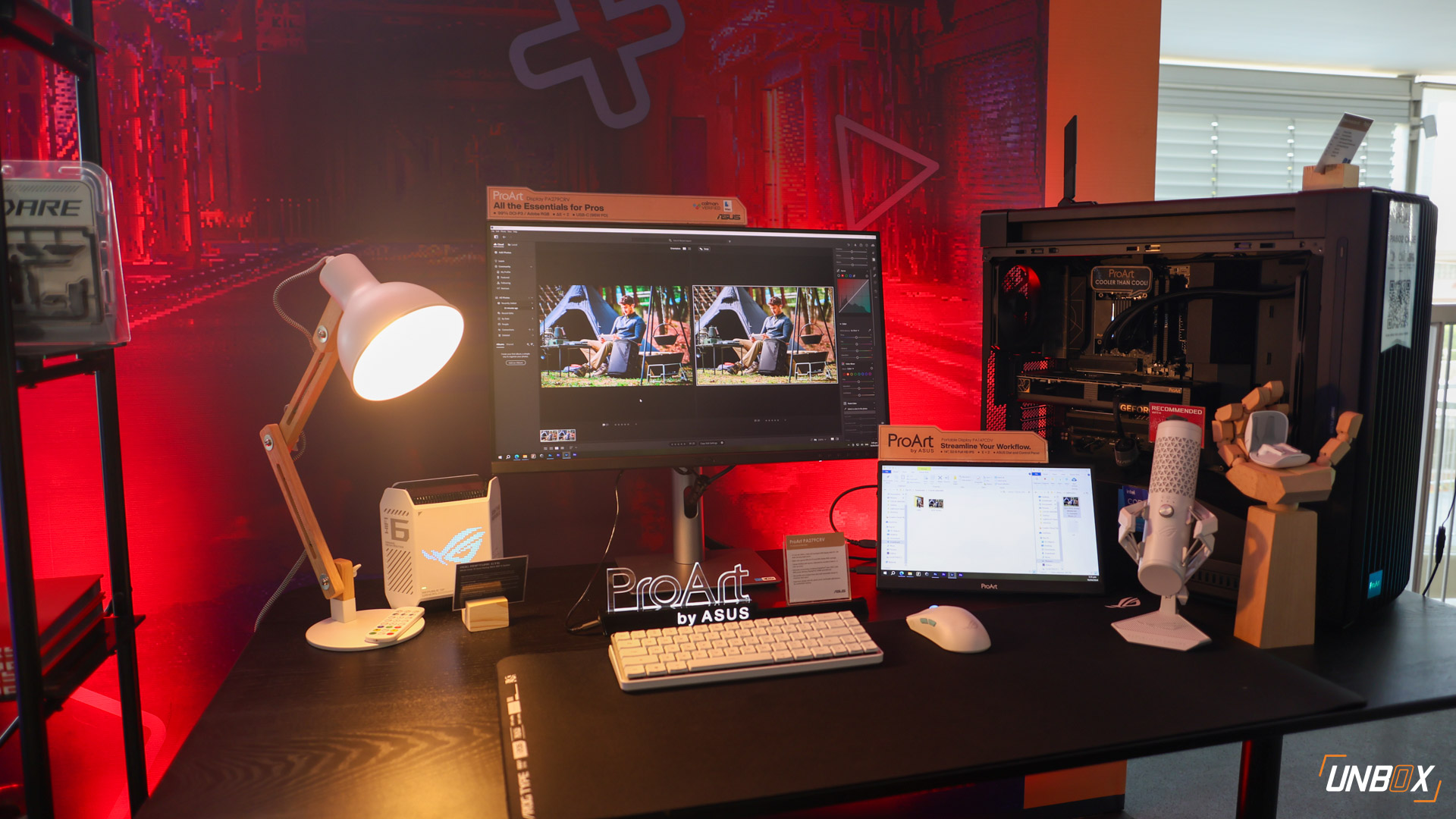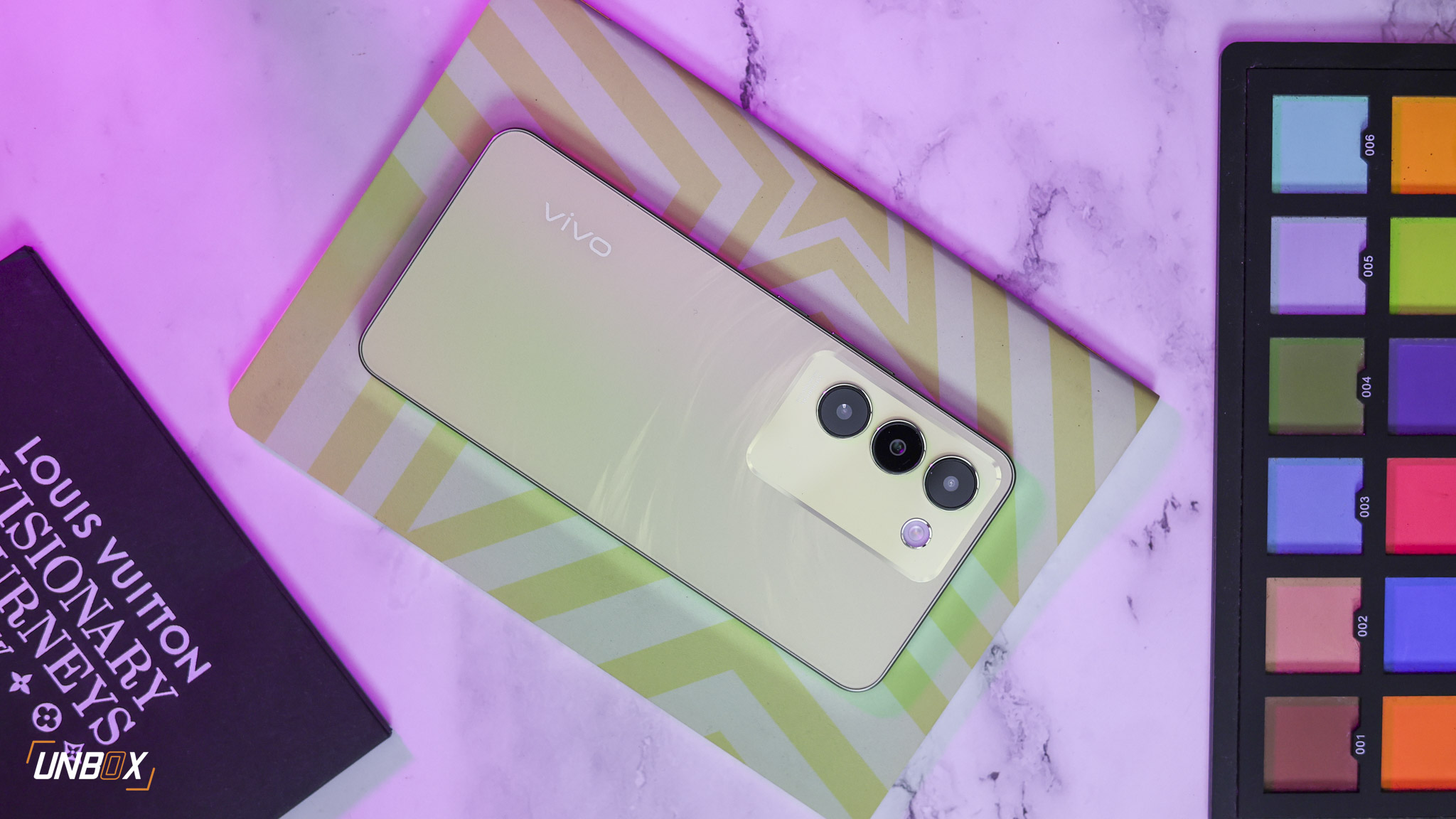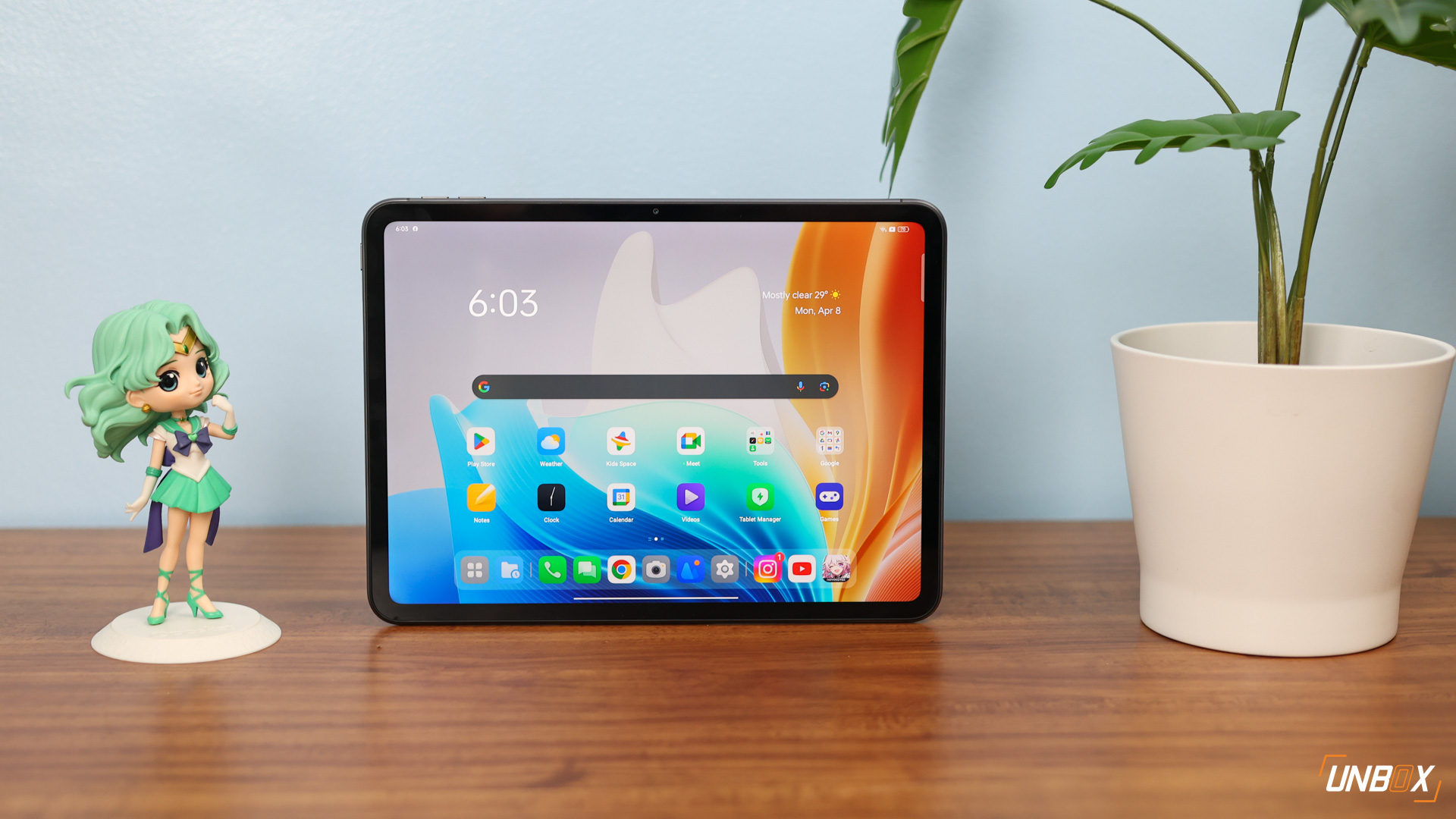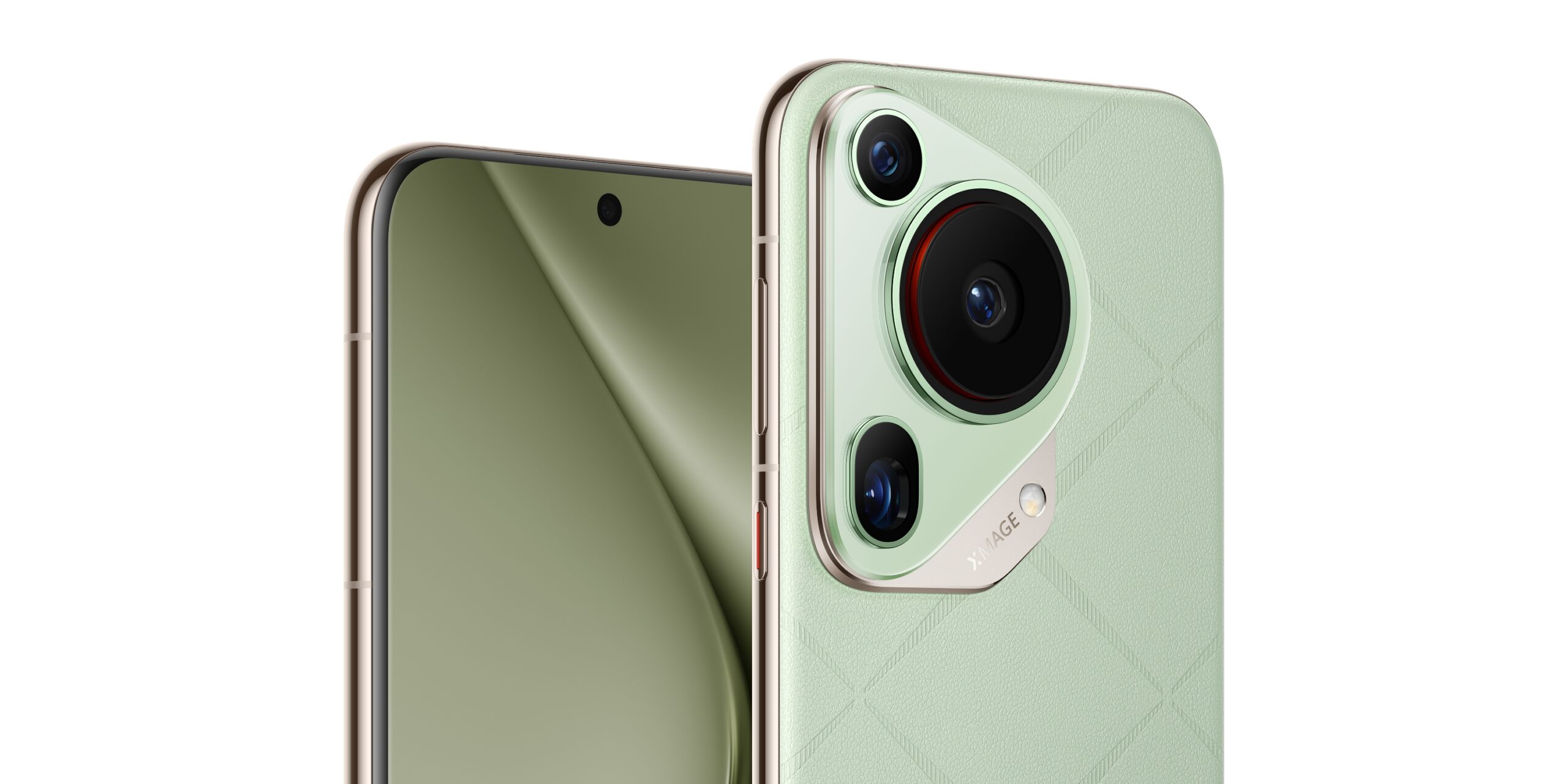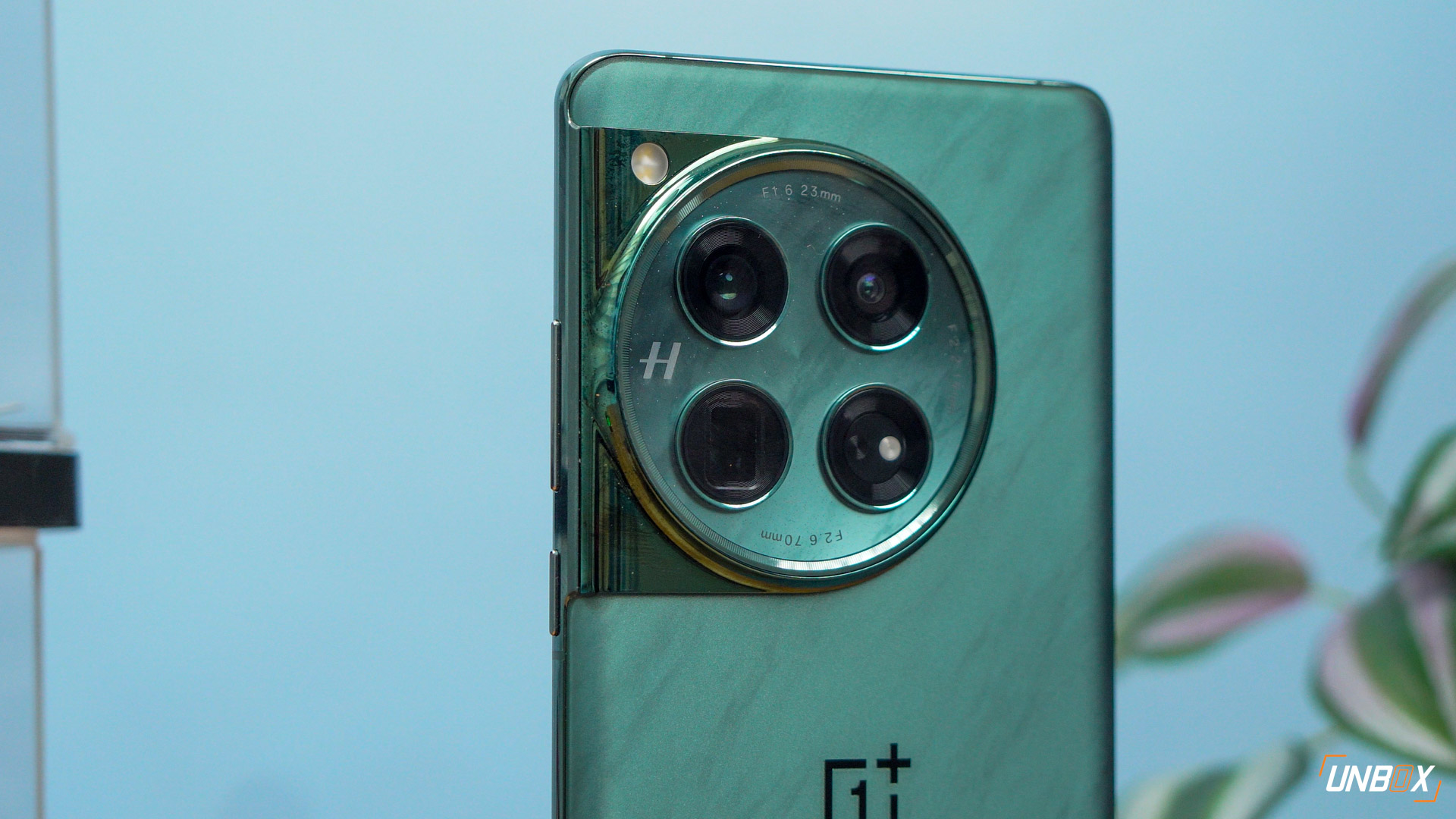Worthy of the Max Name?
A few weeks ago, we were surprised to learn that Asus was launching another device in the Max line despite having released their 18:9 display touting Max Plus M1 just a few weeks into 2018. The device we’re talking about is the Asus Zenfone 4 Max Lite and it offers a little less oomph that it’s predecessors but should have the lasting power that comes with the Max moniker. Today, we’re going to help you find out if it’s worth considering for your next purchase. Let’s dive in.
Asus Zenfone 4 Max Lite Specs
- Qualcomm Snapdragon 425 quad-core processor
- Adreno 308 GPU
- 2GB of RAM
- 5.2-inch HD IPS display, 1280 x 720 resolution
- 16GB of expandable storage (up to 256GB)
- 13-megapixel primary rear camera + 5-megapixel wide-angle camera at f/2.0 aperture with PDAF, EIS, flash
- 8-megapixel front camera with Softlight LED flash
- 4G, LTE
- Dual SIM
- WiFi, Bluetooth
- GPS, A-GPS, GLONASS
- Fingerprint Scanner
- OTG Support
- 4,100mAh battery with Support for Fast Charging
- Android 7.1.1 Nougat with ZenUI
Still a Max Despite Smaller Size
While it’s common for most brands to change up the build entirely on devices with “Lite” affixed to its name, this isn’t the case with the ZF4 Max Lite. It truly is a shrunken down version of the original, sporting the same unibody frame, the same design, and the trusty build quality that comes along with it. Given its dimensions, it should be more pocket-friendly, even for those who prefer wearing skinny jeans, but it still maintains a bit of heft at 158 grams; making it feel solid in the hands.
Multimedia Experience Gets a Pass
One of the reasons for its smaller frame is the device’s 5.2-inch IPS LCD display at 720 x 1280 resolution and an overall pixel density of 282 pixels per inch. Yes, it doesn’t have the display trend that nearly every smartphone manufacturer wants to put on their device but it seriously isn’t a biggie for us. The performance of the display is pretty much standard for a panel of this type exhibiting a good amount of color reproduction. It has good viewing angles and is bright enough to be used outside with an outdoor mode to bust brightness even further. While you may find yourself wanting Full HD resolution on the ZF4 Lite for sharper image quality, the decision to stay at HD is a great one given the devices size and adds to the lasting power of the device as well; something we’ll talk about later in the review.
Despite having two speaker grilles on the bottom of the phone, only one of them houses an actual speaker; with the other one reserved for the device’s microphone. Like the display, the sound quality gets a pass too. It lacks a little volume compared to other devices we’ve encountered recently but that means very little distortion too. You’re going to want to make use of that headphone jack most of the time though.
Made for “Lite” Users
There’s really no beating around the bush with the Zenfone 4 Max Lite in terms of performance, it is a device that’s made for light users who might be more concerned about checking their social media feeds and other daily tasks than they are about gaming. Under the hood, you’ve got a Qualcomm Snapdragon 425 processor plus 2GB of RAM and 16GB of expandable storage to along with it. It’s enough to handle your typical social media apps and for watching videos on the available streaming services but those looking to play triple A gaming titles may want to steer clear.
Not to say that the device can’t game. You’ll still be able to play the more popular mobile MOBAs out in the market, but you will have to tone down the graphics settings to make sure you don’t get frame rate jitters at crucial team fights. Rules of Survival is playable if you’re into Battle Royale games, but expect a lot of texture pop ins plus a few frame rate dips here and there.
We ran into a little trouble with GameBench on the ZF4 Max Lite, so check back to see frame rate measurements.
ZenUI Needs More Work
Asus really listened to their customers when they released the Zenfone 4 and toned down their UI overlay; reducing the number of pre-installed apps and tuning its other features. The improvements are a step in the right direction but we definitely we feel like it could use more optimization or could be cut down further, especially for their device on this side of the spectrum. Navigation is still quite smooth and apps still launch pretty fast but it still is one of the things we want the Taiwanese brand to improve on their devices.
Cameras Fitting a Budget Device
For cameras, you’ve got a dual camera setup on the back. It’s a 13-megapixel camera at an aperture of f/2.0 plus a 5-megapixel wide-angle camera; a typical setup for most dual-camera equipped phones from Asus. The option to go wide is definitely nice to have to get more of the scenery or people in the shot but there’s a lot of distortion on the edges. Overall, image quality is on par for a budget with this price tag though automatic exposure is a little hit or miss plus colors seem a little muted. Low-light photos are also very noisy, so it’s best to take photos during the day up until about magic hour.
It’s pretty much the same story for the front camera though the soft light flash is a great addition if you do have to take selfies in the dark.
It’s Got the Power to Last
Seeing as this is a Max device, expectations say that it should live up to its “Battery King” lineage but does it actually have the lasting power Yes. Yes. It does.
You’re getting less battery capacity when compared to the original ZF4 Max, 4000mAh compared to 5000mAh, but our synthetic benchmark tests have it clocking in a time of 13 hours and 17 minutes. Real world use with mobile data on about half the day sees the device last about a day and half before having to top it up. The device also supports fast-charging so you’ll spend less than 2 hours tethered to a wall outlet if you do need to top the device up.
Verdict: Good Budget Device with Great Last Power
Let’s give it to you straight. If you’re looking for a device with blazing fast performance, then you might want to forego this device as its processing package may leave you wanting; especially if you’re looking to treat it like a handheld console. However, if you’re in the market for a device for your typical day-to-day tasks and has enough juice to last you the whole day without worrying about surviving the traffic on EDSA on the way home, then the Asus Zenfone 4 Max Lite should definitely be a blip on your radar. It’s also pretty easy on the pocket too, priced at Php 7,995.
There are a few things to consider though. Aside from the usual competition out in the market, Asus is also set to launch the Asus Zenfone 5 in a little over a week. While were not sure how many SKUs they’re going to be launching at MWC 2018, you might want to hold off a little longer for the announcements before actually making a purchase at this point.
To check out the review for other members of Asus’s line of Battery Kings, click on the links below:
ASUS ROG Strix GL503 Quick Review: Middlin’ Mid-range Gaming Machine





























